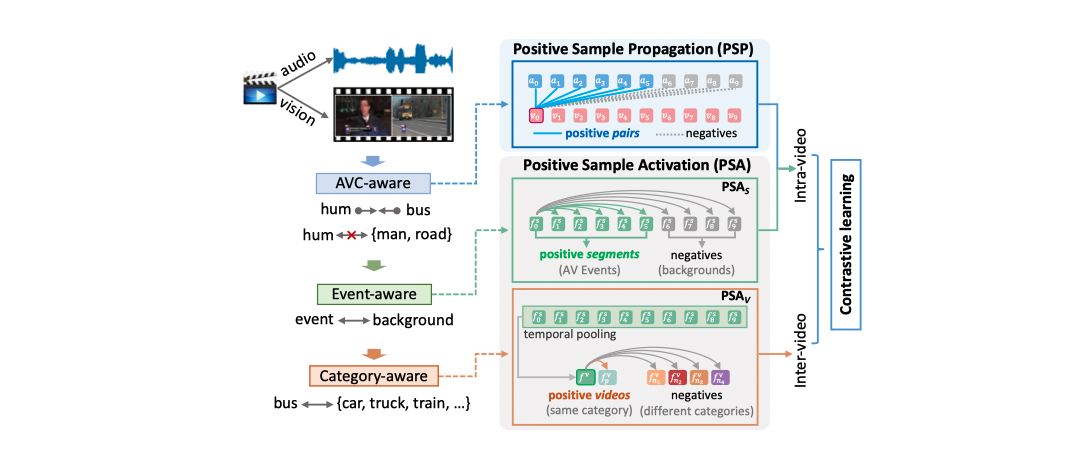VGGSound: A Large-scale Audio-Visual Dataset
Our goal is to collect a large-scale audio-visual dataset with low label noise from videos in the wild using computer vision techniques. The resulting dataset can be used for training and evaluating audio recognition models. We make three contributions. First, we propose a scalable pipeline based on computer vision techniques to create an audio dataset from open-source media. Our pipeline involves obtaining videos from YouTube; using image classification algorithms to localize audio-visual correspondence; and filtering out ambient noise using audio verification. Second, we use this pipeline to curate the VGGSound dataset consisting of more than 210k videos for 310 audio classes. Third, we investigate various Convolutional Neural Network~(CNN) architectures and aggregation approaches to establish audio recognition baselines for our new dataset. Compared to existing audio datasets, VGGSound ensures audio-visual correspondence and is collected under unconstrained conditions. Code and the dataset are available at http://www.robots.ox.ac.uk/~vgg/data/vggsound/
PDF Abstract


 VGG-Sound
VGG-Sound
 AudioSet
AudioSet